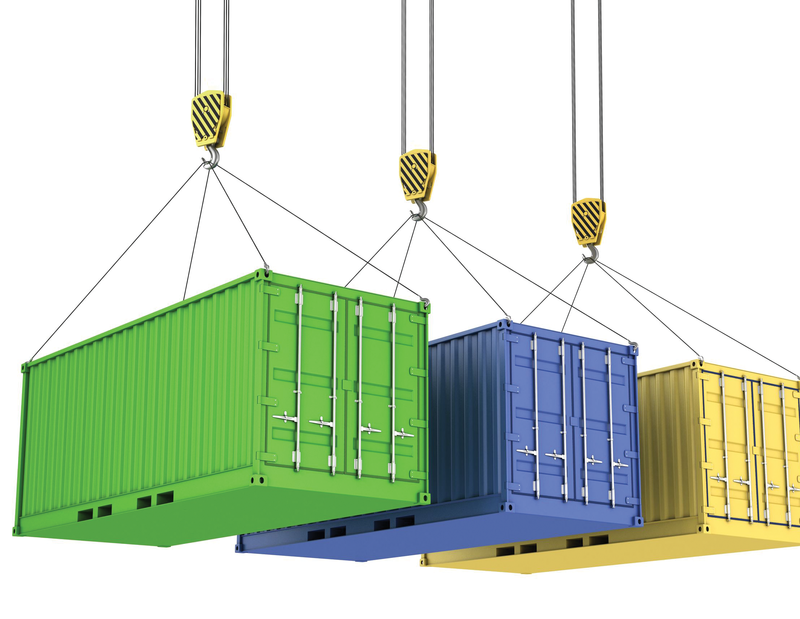
Data Center Transformation: The End of IT?
You've probably noticed various articles predicting the "end of IT," whose authors attempt to convince you that you might soon find yourself unemployed because of what's known as data center transformation. Their basic premise is that virtualization and cloud are so prevalent and data centers are becoming more automated that server-oriented support jobs will soon be the topic of "good old days" discussions. I personally think industry analysts just like to stir the pot to sell more copy or attract more page views.
If you've ever done any programming or automation scripting, you know that the easier you make it for end users, the more complex it is on the development end. If anything, data center transformation will increase the number of required support personnel. Someone still has to fix things that break.
Analysts often take a 10,000-foot view of data centers and technologies without realizing that hardware still exists, software still exists, and users still exist. Clouds and virtual machines don't exist on their own. It isn't the analysts' fault that they have no real-world experience with data centers and don't fully understand virtualization or cloud technologies. To them, these technologies are merely buzzwords with no real meaning other than as pageview pheromones.
The reality, for those of us who actually work in the trenches, is that data center transformation will only have the effect of creating more work. Although the current trends of offshore outsourcing, H1B visas, and automation might change who does the work; that work will still exist. Until systems can fix themselves, experienced engineers and support techs will still enjoy employment.
As a support engineer, I find that virtualization, blade systems, and cloud technologies require more time and effort than the equivalent bare-metal systems ever did. It's downright funny to assume that because a system is virtual it requires any less care than its physical counterpart. Virtual machine boot times are considerably faster than physical machine boot times, but they still require patching, software installation, backups, maintenance, user management, and so on. Additionally, you have to consider the underlying hardware that those virtual machines rely on for their existence.
Some of the new hardware technologies, such as blade systems, actually complicate support. Now, instead of applying patches to a server's operating system and BIOS updates for the server's hardware, you have to update the blade enclosure's BIOS, the virtual console's BIOS, the network module's BIOS, each blade's BIOS, and still update your blade's operating systems. Other interesting quirks with blade systems only surface during critical outages. For example, you can't remove or add new networks to a blade while it's powered on. Somehow that fact didn't make it into the analyst's owner's manual. Have you ever had to shut down all blades within an enclosure to reconfigure the network setup? If you haven't, prepare yourself. If you have, please use the Comments section of the article from the next analyst who tells you that IT's end is nigh.
Server sprawl is another popular analyst topic that further adds to support engineer's nightmares. Server sprawl happens when too many people have the ability to create virtual machines, clouds, and virtual applications. Server sprawl is a relatively new concept developed by the introduction of virtualization to our transformed data centers. When we had to plod through a formal request process to acquire a new server system, server sprawl didn't exist because of the multitude of business case justifications we had to write.
Today, with our transformed and automated data centers, almost anyone with access to a management console can create, deploy, and configure virtual machines. At some point, a support engineering team has to inventory, patch, and manage those rogue systems.
You can bet that as long as users, software, and hardware exist, there will be work for system administrators, network engineers, hardware support people, software analysts, programmers, trainers, and end user support personnel. Sure the playing field can change, but the IT game will always require players. The end of IT? No. The end of uninformed IT analysts? We can hope.
Ken Hess * ADMIN Senior Editor
